What To Look For In A Wearable
NOTE: IBX is not affiliated with or sponsored by any brand of wearable. This article focuses on products by FitBit, Garmin, and Whoop based on personal experience.
These days, it seems like wearables are everywhere. Whether you want to track simple things like your daily steps and heart rate, more advanced things like your running metrics, or even get an in-depth look at your overnight recovery, there’s a wearable for you. With prices ranging from under $100 to nearly $1000, though, how do you choose the right one? That answer lies in two simple questions: what do you want to do, and what do you need to know?

BASIC TRACKERS
Once a symbol of elite athletes seeking advanced metrics, fitness trackers have become more accessible and affordable than ever. For those looking to start making lifestyle changes and begin tracking their progress, basic fitness trackers offer the most affordable way to get some crucial information.
The FitBit Inspire 2 and Garmin Vivofit 4 are excellent entry-level trackers. For $99.95 and $79.99 respectively, both of these track your daily steps (10,000 is the daily recommended goal), distance, and estimated calories burned — the Inspire also tracks heart rate during the day. For a little extra money ($129.99), the Garmin Vivosmart 4 adds features like heart rate tracking, VO2 Max tracking, and a daily body battery score to measure your exertion and recovery.
So, who benefits most from these trackers? They are perfect for those who want some added accountability to their existing workout routine. Whether challenging yourself to take 10,000 steps every day or watching your resting heart rate decrease as you get more fit with IBX classes, these trackers are great for providing some additional motivation to your fitness routine.

ADVANCED METRICS
As technology has gotten more advanced, so have the metrics that a wearable can provide. While FitBit’s higher-end offering doesn’t add much in the way of these metrics, Garmin really shines here.
The FitBit Sense, at $299.99, takes the Inspire’s features and adds metrics like oxygen saturation monitoring and sleep monitoring to tell you how much deep and REM sleep you get each night. Are these useful? Not for most people. Oxygen saturation is a concern when adapting to higher elevations. If you’re trying to work out on a short trip to the mountains or trying to decide how hard to push yourself on a multi-day hike with thousands of feet of elevation change, this tool might come in handy. For the rest of us, there isn’t a lot of value in knowing where your blood oxygen is on any given day. The sleep tracking feature is fun to look at and can provide some incentive to practice better sleep habits (the satisfaction of waking up to a high sleep score!), but isn’t nearly as accurate as sensors like the Whoop strap discussed below. With this being one of the only notable advanced features that FitBit offers, those in the market for a higher-end tracker will get much more bang for the buck with Garmin.
For just $50 more, the Garmin Forerunner 245 Music ($349.99) takes activity tracking to a whole new level. The Forerunner series is a treasure trove of information for running, biking, and even using cardio equipment like ellipticals and StairMasters. For all of these activities, the Forerunner monitors your heart rate and stress level and converts your effort and exercise duration into a number called your Training Stress Score (TSS). By monitoring your daily TSS as well as your sleep, the Forerunner gives users a clear picture of their fitness over time. As the watch adapts to your body and workout routine, it will tell you whether your workout load is at the right level to keep increasing your fitness. Since working out too little or too much can affect your body’s ability to gain fitness, being able to see your workout load’s effect on your fitness over time is a great tool to have. The Forerunner also tracks weightlifting workouts and counts reps, connects to Spotify, and will show you a real-time map on hikes so users can always find their way home. With all of these features and even more, the Forerunner is an incredible tool for athletes in a variety of activities at any level.
RECOVERY TRACKING
Finally, companies have started developing trackers that specialize in recovery. The best known of these is the Whoop strap. Whoop works on a subscription system where the tracker itself is free and users pay roughly $30/month for access to the information that the tracker provides. While the Whoop strap only tracks heart rate and recovery (it is a bracelet with no watch face or display), it tracks these things far more accurately than even the Forerunner. Whoop senses your heart rate hundreds of times per second, compared to 2-3 times per second like most trackers. This means that it paints a very accurate picture of your Heart Rate Variability (HRV). HRV, in short, is a measure of both your fitness and your recovery. A less-fit user, or one that is still recovering from an intense workout, will have a lower HRV than a fully-recovered, fitter user. Whoop will track activities and assign a TSS just like the Forerunner, though without any GPS tracking. While Whoop provides immensely valuable and accurate information on your body’s stress and recovery, the lack of any other features makes it a specialty product that won’t meet most users’ needs. This author has used the Whoop strap during Ironman triathlon training 5-6 days per week, when knowing recovery and exertion is vital before starting the day’s workout. For less regimented workout programs, though, this information is not as important as the features offered by FitBit and Garmin products.
READY TO GET MOVING?
Keep following our blog for more helpful tips and guides, and check out IBX Fitness with three workouts for just $1 today!
